You can contact LEARNZ, part of CORE Education, at:
Postal Address:
PO Box 13 678,
Christchurch 8141,
New Zealand
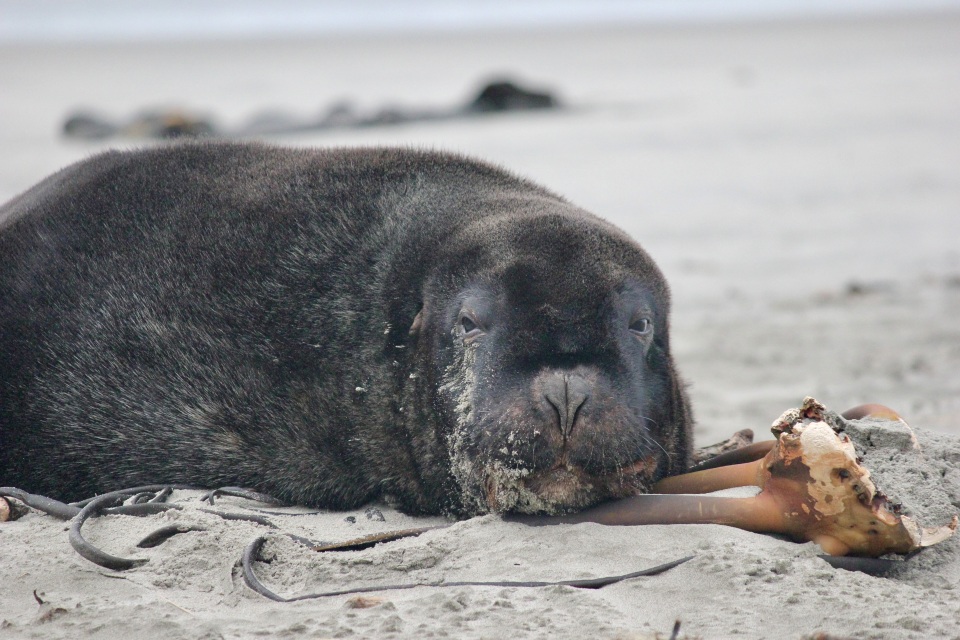
Meet the cool pakake New Zealand sea lion (formerly known as Hooker's sea lion). These awesome creatures are endemic to Aotearoa New Zealand.
To spot a pakake, just look at their nose – it's blunt and their whiskers are short. Kekeno New Zealand fur seals have pointy noses and ihupuku, or elephant seals, sport a massive snout, especially the dudes. Oh, and here's a fun fact: female and male sea lions are so different that they have different names in Māori – kake for the ladies and whakahao for the gents.
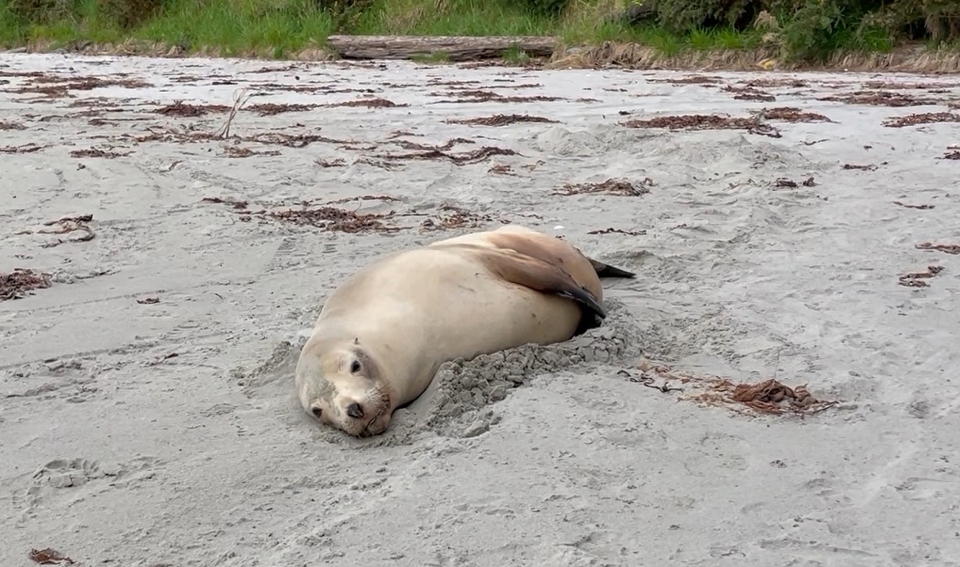
Pakake rock the sea life for about 20-25 years.
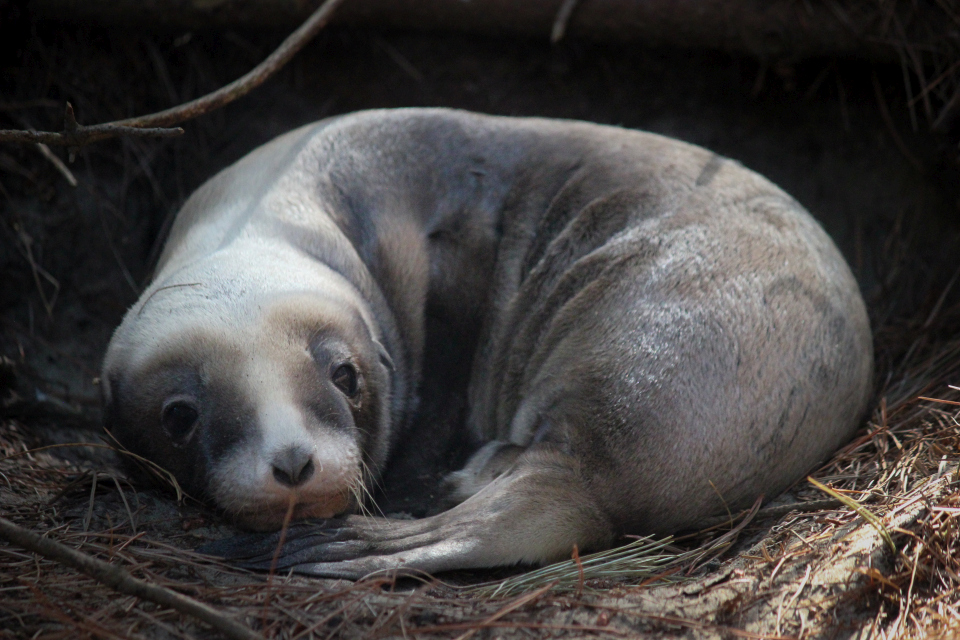
Pakake are homebodies – no migration for them. The Auckland Islands are their main breeding spot, and they love to chill at haul-out sites (areas where pakake leave the water to go on land) all the way from Macquarie Island to the South Island. Pakake are also breeding on Rakiura Stewart Island, where a growing colony has been studied since 2011. Be ready to share the beach with these sea lions on the rise, but don't bug them when they're napping or with their pups.
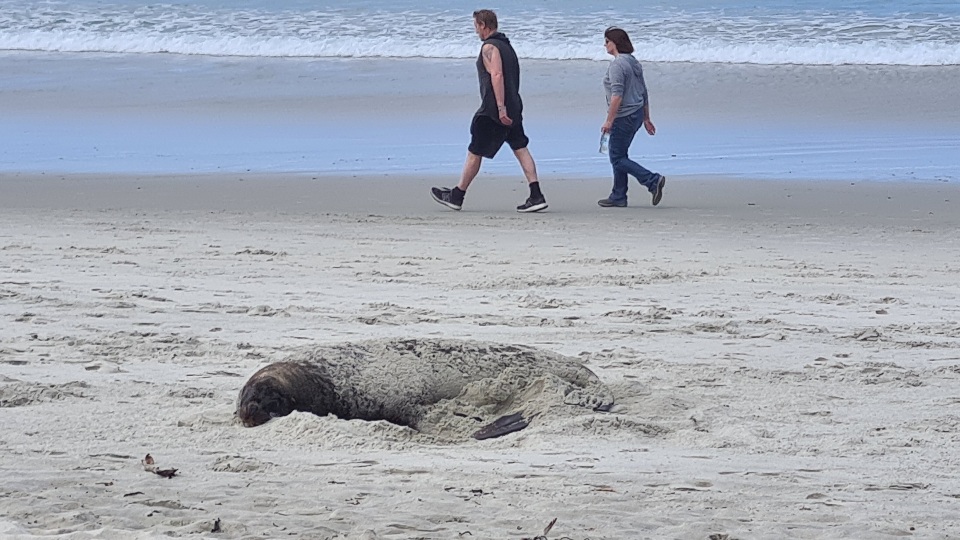
When it's grub time, pakake are like ocean ninjas, diving for both deep-sea and upper-sea treats. Ladies dive deep – up to 129 metres for almost 4 minutes! They munch on a buffet of fish, squid, octopus, and more. The guys, on the other hand, might fancy a fur seal pup or two.
In the summer, female sea lions form groups called harems, with one boss male leading the crew. Pups are born in December and January, and mums move them away from the beach when they're around 6 weeks old to keep them safe from bossy males. Pups stick close to mother for a year, alternating between ocean adventures and chill time on land.
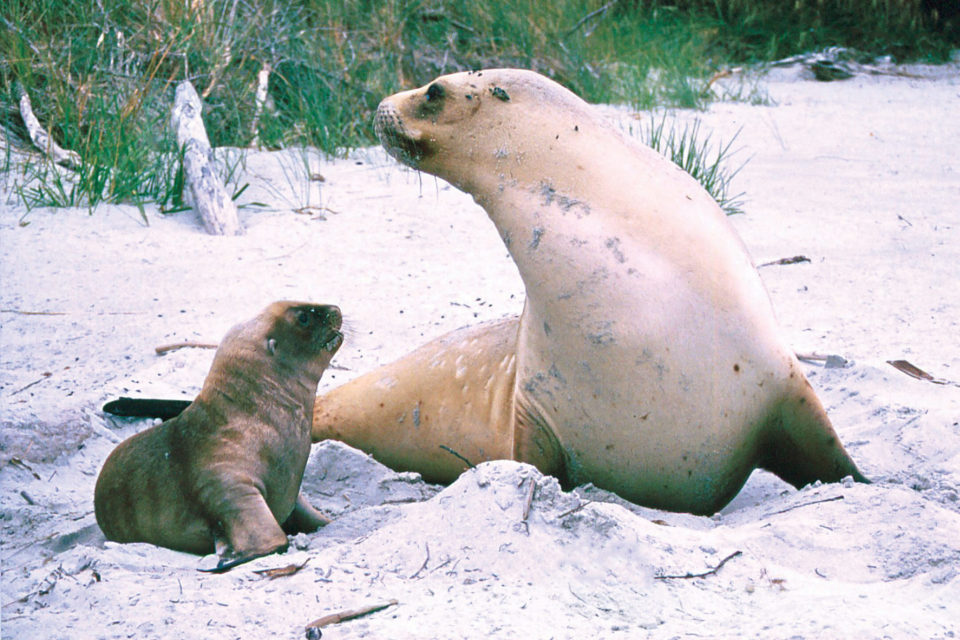
In southern Te Waipounamu and Rakiura, where there aren't enough pakake for harems, mothers find secret spots to have their pups where whakahou male sea lions can’t find them. These areas can be a long way inland. The babies depend on their mums for milk and protection for the first year. If you spot pakake pups, keep your distance – they're cute but need their space, especially when mum's away hunting for food.
So, next time you hit the New Zealand shores, keep an eye out for these rad sea lions, but always remember to give them their space!

Try the Biology of pakake quiz.